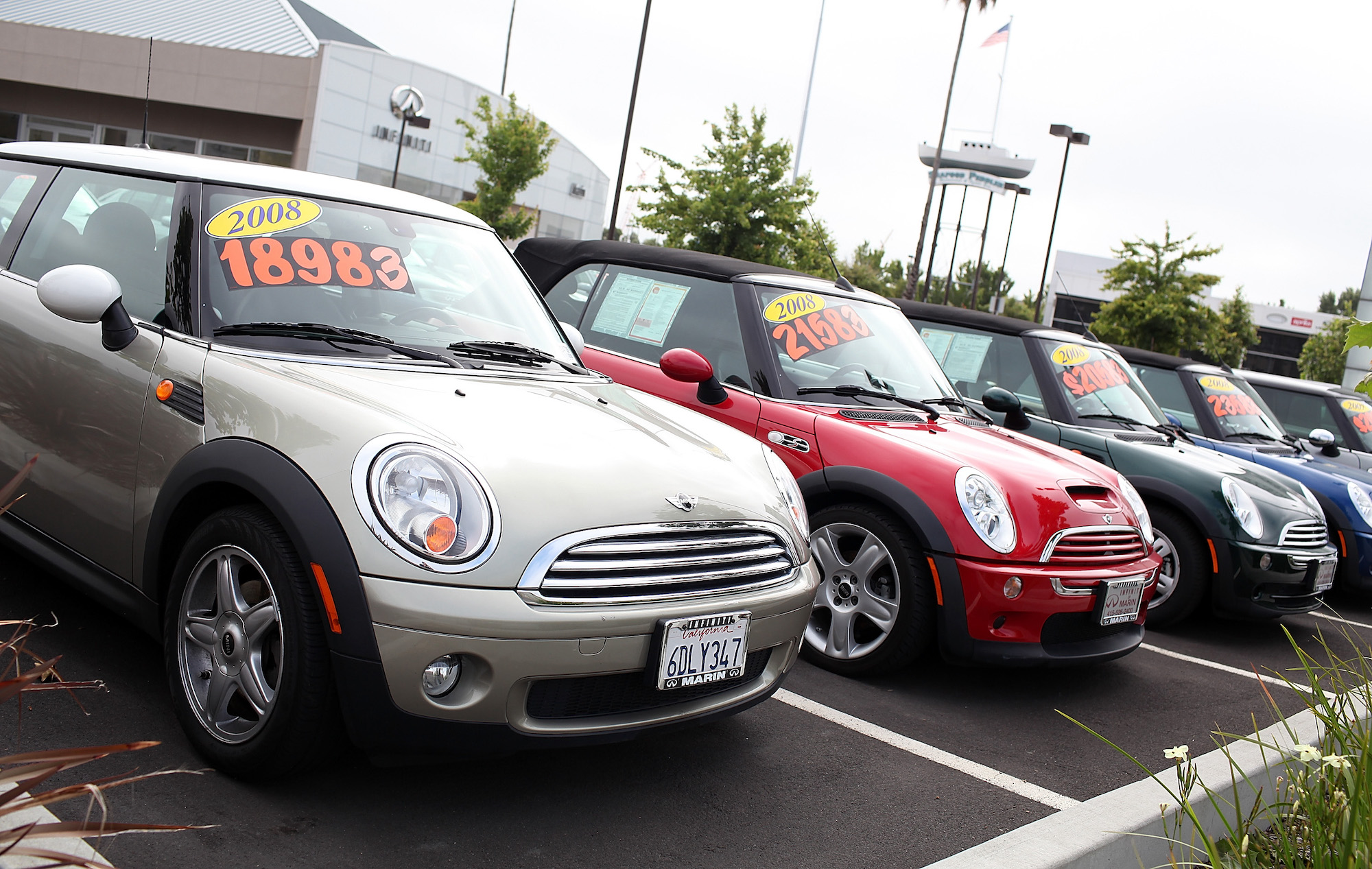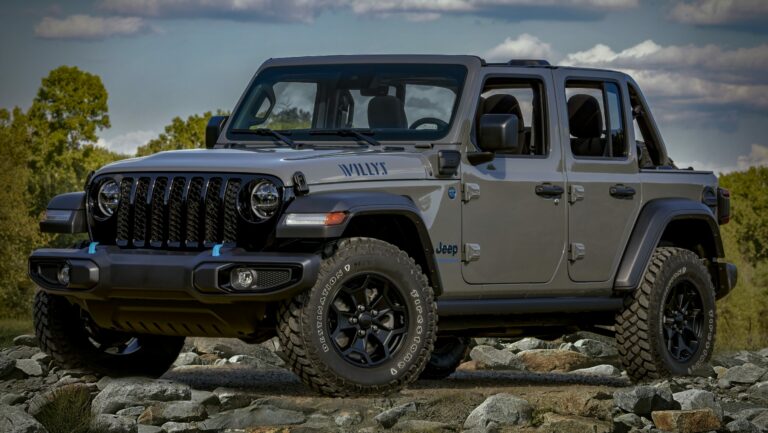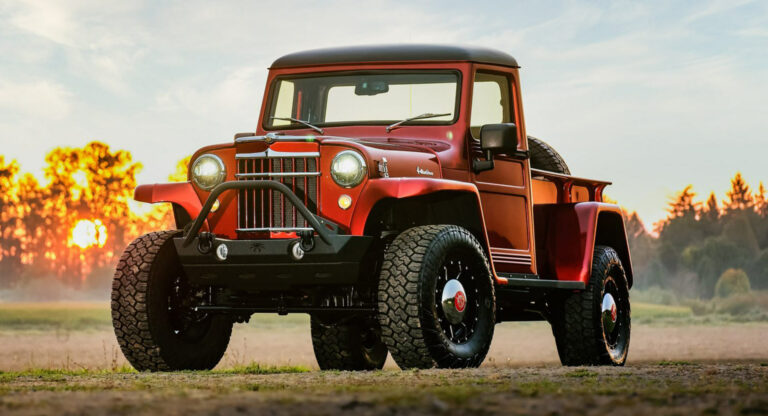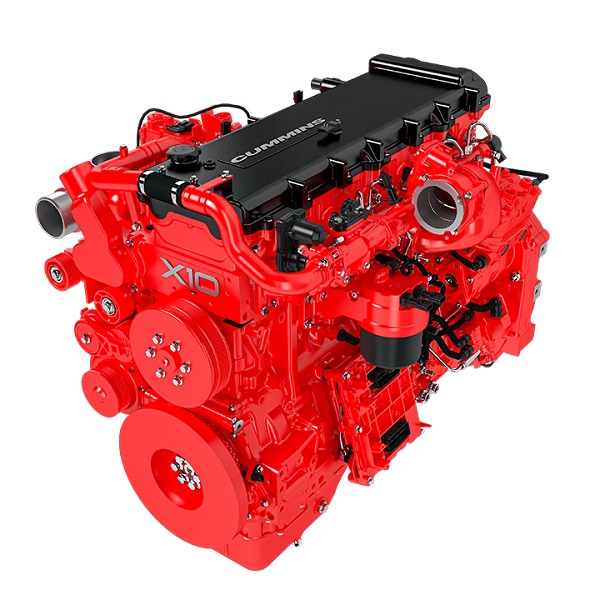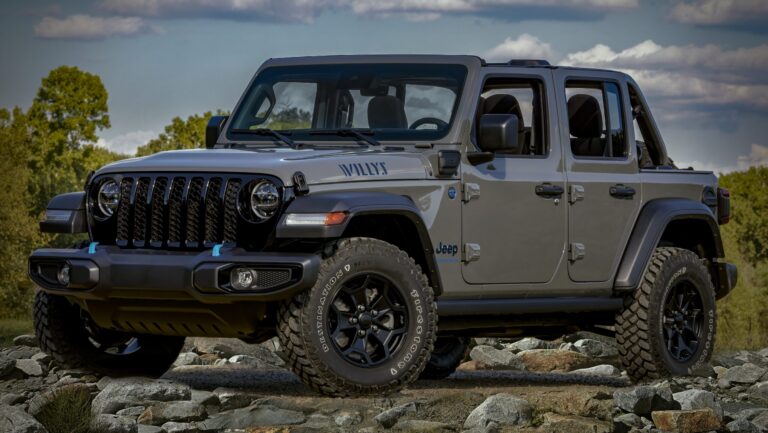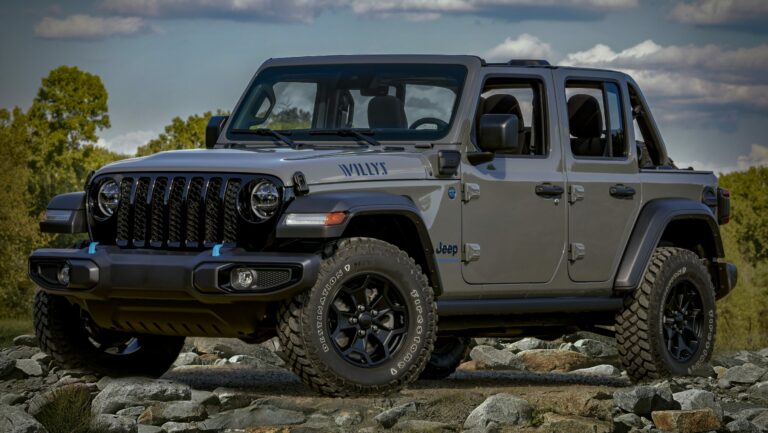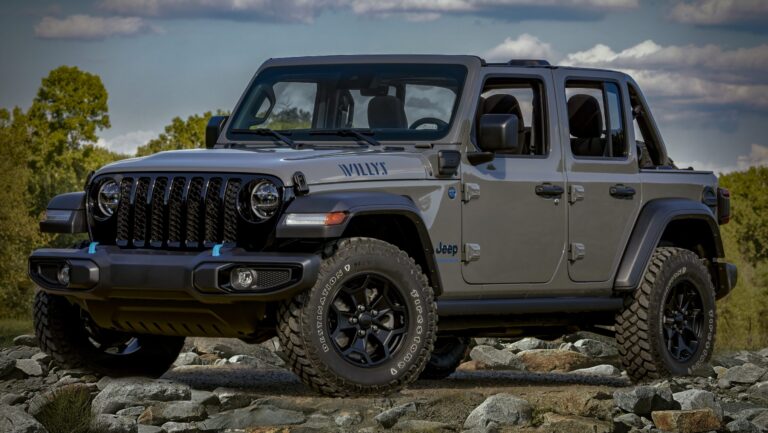Used 97 Jeep Wrangler TJ For Sale: Your Comprehensive Buyer’s Guide
Used 97 Jeep Wrangler TJ For Sale: Your Comprehensive Buyer’s Guide jeeps.truckstrend.com
The 1997 Jeep Wrangler TJ holds a special place in the hearts of off-road enthusiasts and casual drivers alike. As the inaugural model year of the highly revered TJ generation, it marked a significant evolution for the iconic Wrangler, blending classic Jeep ruggedness with modern (for its time) creature comforts and, most importantly, a vastly improved coil spring suspension system. If you’re considering a "Used 97 Jeep Wrangler TJ For Sale," you’re not just looking at a vehicle; you’re eyeing a piece of automotive history, a capable off-road legend, and a blank canvas for customization. This comprehensive guide will walk you through everything you need to know, from its unique appeal to what to inspect, how to buy, and what to expect from ownership.
Why the 1997 Jeep Wrangler TJ Stands Out
Used 97 Jeep Wrangler TJ For Sale: Your Comprehensive Buyer’s Guide
The transition from the YJ (leaf springs, square headlights) to the TJ (coil springs, round headlights) was a monumental step for Jeep. The 1997 model year introduced a host of improvements that cemented the TJ’s reputation as one of the most beloved Wrangler generations:
- Coil Spring Suspension: This was the game-changer. Replacing the YJ’s leaf springs with a modern coil-spring setup drastically improved ride quality, handling, and articulation, making the TJ significantly more comfortable on pavement while enhancing its off-road prowess.
- Return of Round Headlights: Purists rejoiced as the classic round headlights, a staple of the CJ series, made their comeback after the YJ’s controversial square lights. This gave the TJ a more traditional and universally appealing Jeep aesthetic.
- Refined Interior: While still utilitarian, the TJ’s interior was a step up from its predecessor, offering improved ergonomics, better materials, and more standard features.
- Legendary Powertrains: The 1997 TJ primarily offered two engine options: the robust 4.0L inline-six (AMC 242) and the economical 2.5L four-cylinder. The 4.0L, in particular, is renowned for its incredible durability, torque, and ease of maintenance, making it a highly sought-after engine.
- Unmatched Modifiability: The TJ boasts arguably the largest aftermarket support of any Jeep generation. From lift kits and larger tires to heavy-duty bumpers and engine upgrades, the possibilities for customization are virtually endless, allowing owners to tailor their TJ to their specific needs and desires.
- Timeless Design: The TJ’s classic proportions, removable doors, fold-down windshield, and soft-top/hard-top options embody the essence of the open-air Jeep experience, making it a vehicle that never goes out of style.
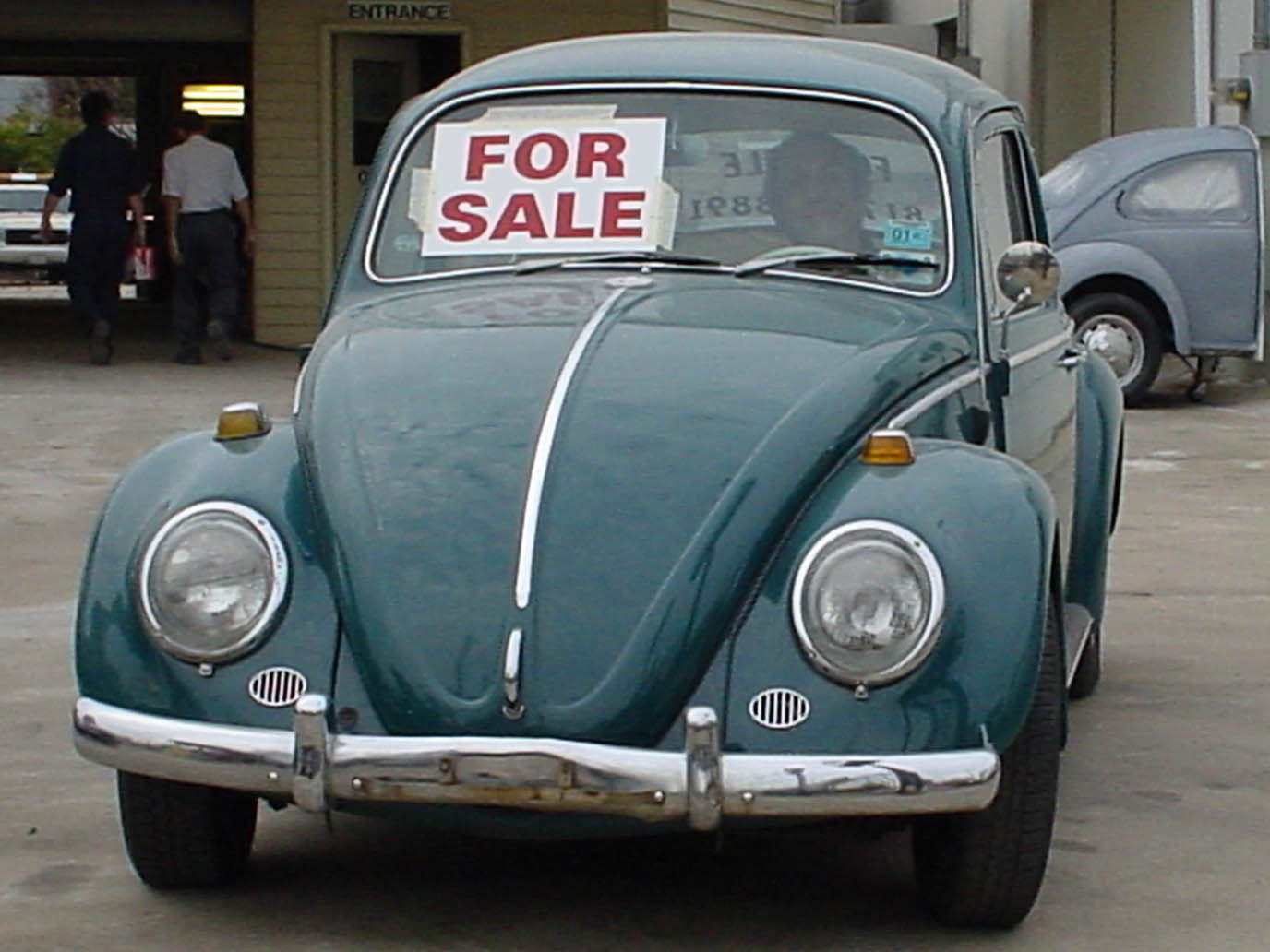
For these reasons, the 1997 TJ remains a highly desirable model for those seeking a capable, customizable, and iconic off-road vehicle that also serves as a fantastic daily driver or weekend warrior.
What to Look For When Buying a Used 1997 TJ
Purchasing a 26-year-old vehicle requires a meticulous inspection. Here’s a detailed checklist of what to scrutinize when examining a Used 97 Jeep Wrangler TJ For Sale:
- Rust (The TJ’s Arch-Nemesis): This is by far the most critical factor. TJs are notorious for rust, especially in colder climates where salt is used on roads.
- Frame: Inspect the frame thoroughly, particularly around the skid plate mounts, control arm mounts (front and rear upper/lower), spring perches, and the rear cross member. Use a hammer or screwdriver to gently tap suspicious areas; if it crumbles, walk away.
- Body: Check the floorboards (especially under the carpet/mats), rocker panels, front fenders (behind the flares), rear quarter panels, and the tailgate. The area around the windshield frame and cowl can also rust.
- Tub: Look under the Jeep for rust on the "tub" (the main body structure).
- Engine (4.0L I6 Focus):
- Leaks: Check for oil leaks (especially valve cover, oil filter adapter, rear main seal), coolant leaks (radiator, hoses, water pump), and power steering fluid leaks.
- Sounds: Listen for unusual noises like ticking (common valve lifter noise, often benign but can indicate wear), knocking, or rattling.
- Fluids: Check oil and coolant levels and condition.
- Idle/Performance: Ensure a smooth idle and no misfires during a test drive.
- Transmission & Transfer Case:
- Manual: Check for smooth shifting through all gears, no grinding, and proper clutch engagement.
- Automatic: Ensure smooth shifts, no slipping, and proper engagement.
- Transfer Case: Test 2WD High, 4WD High, and 4WD Low engagement. Listen for any grinding or unusual noises. Check for leaks.
- Suspension & Steering:
- Worn Components: Inspect control arm bushings, ball joints, tie rod ends, track bar bushings, and sway bar links for wear or play.
- Lift Kits: If lifted, assess the quality of the components and installation. Poorly installed lifts can cause handling issues.
- Test Drive: Listen for clunks, rattles, or squeaks over bumps. Feel for excessive wandering, loose steering, or vibrations.
- Brakes:
- Check pad and rotor wear.
- Look for fluid leaks around calipers and lines.
- Test the pedal feel; it should be firm, not spongy.
- Electrical:
- Test all lights (headlights, tail lights, turn signals, brake lights), gauges, horn, wipers, radio, and HVAC system.
- Ensure all windows operate smoothly (if power windows are present).
- Soft Top/Hard Top:
- Soft Top: Check the fabric for tears, rips, and sun fading. Inspect zippers for functionality and rear/side windows for clarity or cracks.
- Hard Top: Look for cracks, especially around mounting points, and ensure seals are intact.
- Interior:
- Check seats for rips, tears, or excessive wear.
- Inspect the dashboard for cracks (common with sun exposure).
- Lift floor mats to check for rust on the floor pans underneath.
- Modifications: Many TJs will have modifications. Assess the quality of the parts and the installation. Well-done modifications can add value, but poorly executed ones can be a liability.
- Documentation: Ask for service records, and run a CarFax or AutoCheck report to check for accident history, flood damage, or salvage titles.
The Buying Process: A Step-by-Step Guide
Securing the right 1997 TJ involves more than just finding one for sale. Follow these steps for a smooth acquisition:
- Define Your Budget: Beyond the purchase price, factor in potential immediate repairs, insurance, registration, and future maintenance/modifications. TJs can be money pits if not carefully chosen.
- Research and Locate:
- Online Marketplaces: Craigslist, Facebook Marketplace, AutoTrader, eBay Motors are popular.
- Specialty Sites: Dedicated Jeep forums (e.g., JeepForum.com, WranglerForum.com) often have classified sections with well-maintained vehicles from enthusiasts.
- Local Dealers/Private Sellers: Explore both options. Private sellers might offer better deals but come with more inherent risk if you’re not mechanically inclined.
- Initial Contact & Questions: When you find a potential TJ, ask specific questions about its history, mileage, modifications, rust situation, and any known issues. Request additional photos, especially of the frame.
- In-Person Inspection: Use the checklist above. Bring a flashlight, a magnet (to detect body filler over rust), and even a small screwdriver (to gently poke at suspicious rust). Don’t be afraid to get dirty.
- Test Drive: Drive the TJ in various conditions – city streets, highway, and ideally some light off-road terrain if safe and permitted. Pay attention to engine performance, transmission shifts, steering feel, brake effectiveness, and any unusual noises.
- Pre-Purchase Inspection (PPI): This is highly recommended, especially if you’re not a mechanic. Have a trusted independent mechanic, ideally one familiar with Jeeps, perform a thorough inspection. This small investment can save you thousands down the road.
- Negotiation: Armed with your inspection findings and market research, be prepared to negotiate. Highlight any issues found during the inspection to justify a lower offer.
- Paperwork & Transfer: Once an agreement is reached, ensure all paperwork is correctly filled out: title transfer, bill of sale, and any necessary state-specific forms for registration.
Ownership Considerations & Common Upgrades
Owning a 1997 Jeep Wrangler TJ is a rewarding experience, but it comes with specific considerations:
- Maintenance: While the 4.0L is robust, regular maintenance is key. This includes routine oil changes, fluid checks (transmission, transfer case, differentials), greasing U-joints, and checking suspension components.
- Common Issues: Beyond rust, be prepared for potential leaky soft tops (or door surrounds), blend door issues in the HVAC system, and occasional sensor failures (crankshaft position sensor, oxygen sensors). Most issues are well-documented and relatively easy to fix for the DIY enthusiast.
- Fuel Economy: Don’t expect Prius-like MPG. A 4.0L TJ typically gets 15-18 MPG, and less with larger tires or heavy modifications.
- Popular Upgrades:
- Lift Kits: Ranging from 2-inch budget boosts to 4-inch+ full suspension lifts for enhanced off-road capability and tire clearance.
- Larger Tires: Often paired with lift kits for improved traction and ground clearance.
- Aftermarket Bumpers & Armor: For protection and mounting accessories like winches.
- Winch: Essential for self-recovery on the trail.
- Lockers: For maximum traction in challenging off-road conditions.
- Lighting: LED headlights, light bars, and auxiliary lights for better visibility.
- Sound System: Upgraded speakers and head units to overcome road noise.
- Community: The Jeep community is vibrant and supportive. You’ll find countless resources, clubs, and events where you can learn, share, and enjoy your TJ with like-minded individuals.
1997 Jeep Wrangler TJ Estimated Price Guide
The price of a Used 97 Jeep Wrangler TJ can vary significantly based on condition, mileage, modifications, and geographical location. This table provides a general estimate:
| Condition | Description | Estimated Price Range (USD) |
|---|---|---|
| Poor | Significant rust (frame/body), major mechanical issues, non-running, salvage title, heavily modified/abused. | $2,000 – $5,000 |
| Fair | Moderate rust (repairable), some mechanical issues needing attention, high mileage, cosmetic flaws. | $5,000 – $8,000 |
| Good | Minor surface rust, runs well, average mileage (120k-180k), some wear and tear, minor modifications. | $8,000 – $12,000 |
| Excellent | Minimal to no rust, well-maintained, low mileage (under 100k), meticulously cared for, tasteful mods. | $12,000 – $20,000+ |
Note: These are estimates. Highly customized, rare, or exceptionally well-preserved examples can command higher prices. Conversely, location (e.g., rust-belt vs. desert states) significantly impacts value.
Frequently Asked Questions (FAQ)
Q1: Is the 1997 Jeep Wrangler TJ reliable?
A1: Yes, particularly the 4.0L inline-six engine, which is known for its legendary reliability and longevity if properly maintained. The rest of the vehicle is generally robust, though minor electrical and rust issues are common with age.
Q2: What’s the best engine for a 97 TJ?
A2: The 4.0L (242 cu in) inline-six is overwhelmingly preferred. It offers superior power, torque, and reliability compared to the 2.5L four-cylinder, especially if you plan on larger tires or off-roading.
Q3: How much rust is too much on a 97 TJ?
A3: Any significant rust on the frame, particularly around critical suspension mounting points (control arms, spring perches), skid plate mounts, or the rear cross member, should be a deal-breaker. Surface rust on the body is often manageable, but perforating rust on floorboards or rocker panels requires significant repair.
Q4: Can I daily drive a 97 TJ?
A4: Absolutely. Many owners daily drive their TJs. However, be aware that it’s a 26-year-old SUV designed for off-road prowess. Expect a somewhat rougher ride, more road noise, and lower fuel economy compared to modern vehicles.
Q5: Are parts hard to find for a 1997 TJ?
A5: Not at all. Due to its popularity and extensive production run (1997-2006), there is a massive aftermarket for parts and accessories. OEM replacement parts are also generally available.
Q6: What’s the main difference between a TJ and a YJ?
A6: The primary difference is the suspension: the YJ used leaf springs, while the TJ introduced a more comfortable and capable coil spring suspension. The TJ also brought back round headlights, replacing the YJ’s square ones.
Conclusion
A Used 97 Jeep Wrangler TJ For Sale represents more than just a pre-owned vehicle; it’s an invitation to a lifestyle. Its rugged capability, iconic design, and unparalleled customizability make it an enduring favorite for off-road enthusiasts and those who simply love the open-air Jeep experience. While the allure is strong, a successful purchase hinges on thorough research and a meticulous inspection, with a keen eye on rust and mechanical integrity. Embrace the journey of finding the right one, and you’ll be rewarded with a versatile, fun-to-drive, and endlessly customizable machine that’s ready for any adventure you throw its way.
